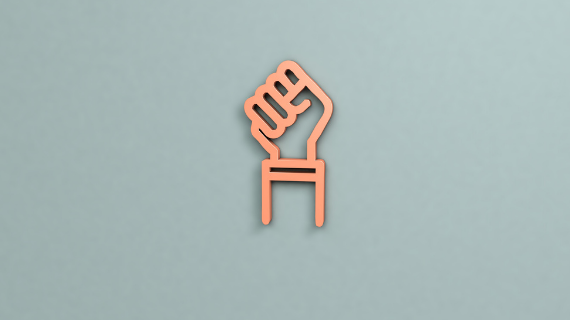Jared Spataro, Microsoft’s Vice President for Modern Work, recently told The New Yorker that the Covid 19 pandemic has created the right conditions for a ‘second digital transformation’.
The first revolution, driven by the PC, digitised paperwork and emptied filing cabinets into servers. Physical location was still important as computing technology was local, on-premise. Since then, cloud computing has emerged and in recent years adoption has accelerated rapidly, laying the foundations for this second revolution – the digital workplace.
Digital transformation in 2021 is all about Work from Anywhere (WFA), especially for information workers. Flexible work is here to stay, with the predominant trend being ‘hybrid work’ where employees yo-yo between office and remote working. In its Work Trend Index research, Microsoft found that 70% of workers want flexible remote work options to continue (post-pandemic), while over 65% need more in-person time with their teams. In response, 66% of business decision makers say they are exploring redesigning physical spaces to accommodate hybrid work models.
Digital transformation in 2021 is people-centric
A key difference in this second digital transformation revolution is that the focus is on people. It’s about the employee experience and engagement: enabling seamless transitions between office and home, ensuring an equal experience wherever someone is working, creating innovative collaborative spaces (blending virtual and physical) and using data to monitor work patterns, employee wellbeing and performance.
So, if your business or organisation is going to be part of this digital transformation revolution, what tools do you need?
Your digital transformation toolkit
The basics
Microsoft’s Work Trend research uncovered an anomaly, “Even after a year of working from home, 42% of employees say they lack essential office supplies at home, and one in 10 don’t have an adequate internet connection to do their job. Yet, over 46% say their employer does not help them with remote work expenses.”
While technology barriers were frustrating during the first lockdown and ‘stay at home’ directive, everyone was in the same boat. Now, as employees transition to hybrid work, there is a danger of inequalities developing between those working remotely and those working in the office.
Ensuring everyone has the right technology to work from anywhere, promotes digital equality. Desktop virtualisation, broadband support and high-quality audio-visual technology help to level the playing field and support seamless transitions between the physical and virtual workplace.
High performing laptops and tablets are also a vital part of an employee’s hybrid work toolkit. In 2020 many people ‘put up’ with their home PCs and devices, often sharing these resources with other family members, and struggling to work on devices that weren’t designed for corporate use. Long term, if employees are expected to work from home for part of the week, they need corporate devices.
Device as a Service has thrown companies a lifeline, turning what was traditionally a CapEx investment into OpEx. Solutions, such as Surface as a Service, provision employees with corporate devices and accessories for a fixed monthly fee. Add ons, like IT support, can also be part of the package. Learn more here >
Workplace technology
To enable a seamless transition between remote work and the physical office, cloud apps like Microsoft Teams come into their own. We’re now all familiar with integrated tools for file sharing, instant messaging, time and project management, online meetings and calls.
Other technology to support hybrid work includes e-signatures so employees don’t have to be in a physical space to sign, or have documents signed. And to ensure that employees and guests can access and use physical workspaces safely, we need room and desk booking technology, visitor management apps and virtual scheduling tools.
Collaborative technology
Creating the right virtual and blended environments for collaboration is a significant challenge. Face-to-face contact – whether it’s a brainstorming session in a meeting room or a quick chat in the breakout area – promotes collaboration. We need to provide employees with opportunities to collaborate wherever they are, and make sure that people not in the physical office space are included.
Good quality audio-visual tech is a must. Remote workers joining a meeting online need an equal experience to those in the room. This involves provisioning meeting and conference rooms with the right equipment, and providing individuals with high quality webcams, microphones and headphones. Is it fair for a remote sales person, who needs to hit their target every month, to conduct online prospect meetings using their phone earbuds and camera when their colleagues working in the office have access to state-of-the-art audio-visual tech?
Digital whiteboards also help ensure individuals are not excluded when working from home. These capture everything on the whiteboard which can then be sent to remote workers. Even better are real time tools like Microsoft Whiteboard, which integrates with Teams meetings. This means that meeting participants can collaborate on the same whiteboard. A useful feature, Ink Grab, can also convert physical images like photos of notes or a physical whiteboard, into a vector-type image on the virtual whiteboard.
Other technology to promote impromptu collaborative moments includes ‘always on’ screens positioned in shared spaces which allow team members to see who’s in the space and chat to them. Augmented Reality (AR) and Virtual Reality (VR) tools could also play a role in the hybrid workplace. Think of how game developers use the technology to provide immersive experiences for gamers and apply it to a meeting scenario or brainstorming session.
The use of your company Intranet also becomes important to help employees collaborate. Simple ideas like a skills directory hosted on your Intranet, join up distributed teams and individuals. Our own experience, at Cloud Business, has highlighted the importance of this. Our acquisition of another technology company in late 2019 meant that when the pandemic hit we were still in the process of integrating our teams. Coupled with a recruitment drive during 2020 we now have many employees who have never met their immediate colleagues in person, and certainly not the wider team.
Skills directories allow employees to identify the people they need to collaborate with and make connections that would normally occur naturally in an office environment.
Business intelligence
There are three trends identified by Microsoft that point to the need for more meaningful insights to support decision making, employee engagement and wellbeing, and improve performance. They are:
- Leaders are out of touch with employees and need a wake-up call – in general, business leaders have thrived during lockdown compared to many of their employees who have struggled.
- High productivity is masking an exhausted workforce – in a global survey, one in five respondents say their employer doesn’t care about their work-life balance, 54% feel overworked and 39% feel exhausted.
- Gen Z is at risk and will need to be re-energised – 60% of people between the ages of 18 and 25 in the workforce say they are “merely surviving or flat-out struggling”.
Fortunately, most organisations already have the data needed to identify, monitor and manage problems with employee engagement, stress and overwhelm, performance and productivity. As the stats below show, data can be easily accessed from the workplace technology you deploy. Creating user-friendly dashboards for leaders and managers is an effective way of providing them with the real picture of how the workforce is doing.
Microsoft compared collaboration trends in Microsoft 365 between February 2020 and February 2021. Here are the key takeaways:
- Time spent in Microsoft Teams meetings has more than doubled (2.5X) globally.
- The average meeting is 10 minutes longer, increasing from 35 to 45 minutes.
- The average Teams user is sends 45% more chats per week and 42% more chats per person after hours, with chats per week still increasing.
- The number of emails delivered to commercial and education customers via Microsoft Exchange Online in February, when compared to the same month last year, is up by 40.6 billion.
- Microsoft has seen a 66% increase in the number of people working on documents.
Data can also be used to monitor working patterns and ensure employees have the right technology, and environment, to perform at their best. Then other tools can be deployed to help nudge employees into better working patterns or behaviour, tackling both wellbeing and performance issues.
Putting people at the heart of digital transformation
As IT professionals and business leaders you hold the keys to many of the tools to create the right environment for a successful (second) digital transformation. However, in our view, being led by the technology is the not right approach.
Instead focus on your people. Find out how they’re doing, what they need, what hybrid work looks like for them, who they need to collaborate with, and how they need to use physical and remote spaces. As stated above, you probably already have the data needed to take a temperature check of where your organisation and people are today. Combine this with research, surveys and polls to map out what technology your people need to thrive going forward.
If you need help doing this, we’d be delighted to share our expertise. We’ve been spearheading flexible work strategies for many years and can help you develop a roadmap to navigate our current digital transformation revolution. Please get in touch if you’d like an informal chat >







